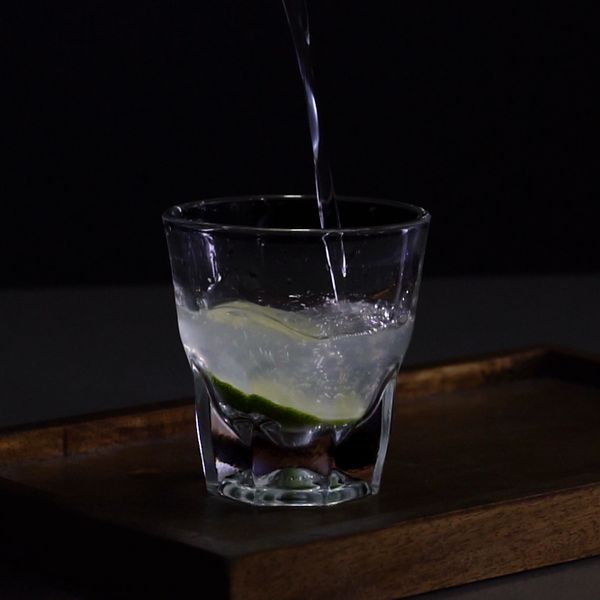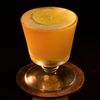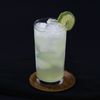
One of the great simple classics, and an incredible expression of it’s unique base spirit, the ti’ punch is a must-have cocktail for rum drinkers. It makes prominent use of Rhum Agricole—a spirit made in the West Indies—who’s finest bottles often come from the island of Martinique. This drink is sometimes compared to the old fashioned because of its deadpan simplicity, but the kinship extends deeper than that, as the two foster a reverence for their base spirits like few other drinks, and the act of mixing them is all about fundamentals. Bartenders obsess over the variety of imported simple syrup to use, and the size of the lime coin pressed into the bottom of the glass. There is much discussion about how much—if any—ice should be employed, and endless debate about the type of rum to use. The fundamental nature of this drink makes for an excellent introduction to the art of mixing drinks, as well as a great thing to whip up when few ingredients are readily available. The ti’ punch is also a drink that can be made very casually—it is often served in Martinique as an unmixed set of ingredients—which makes it a great choice for parties.
Rhum Agricole differs quite a bit from traditional rum. Made from sugarcane instead of molasses, it has a drier, more sophisticated flavor than the naturally sweet and smooth flavors of molasses rum. Because of this complexity, Rhum Agricole has often been written off as a poor choice for cocktails, but this probably has more to do with the classic recipes it was being employed in than the spirit itself. Many modern cocktail books now offer a handful of excellent recipes that take advantage of Rhum Agricole's grassy, whiskey-like flavors; a profile that also plays perfectly into the ti’ punch's spirit-first makeup. Lime peel and sugarcane dominate the first whiffs, while a balanced sweetness and lingering funk make up the body. With an unconventionally warm temperature and a consolidation of oils from the smashed lime peel, this drink has a ripe, pungent quality that is hard to explain and impossible to replicate. It will remind some of an excellent daiquiri, or perhaps a caipirinha, but for many there is no comparison.
Bartenders are strongly opinionated about which kind of Rhum Agricole to use when making this drink. Robert Simonson covers three different approaches in an article for Punch magazine, though two of them use Rhum J.M 110. Wayne Curtis argues in And A Bottle of Rum that the drink is inextricably tied to the local standard: Neisson rhum agricole. Most parties agree that a light rhum is the correct choice, and most choose a 110 proof when available. For the home bartender, the lighter 100 proof Rhum J.M., or even an aged rhum might be a good choice, as these labels will work excellently in the ti’ punch, but also in other cocktails. Purists insist on using only bottled cane syrup in this drink, albeit with the admission that even Martiniqe bars serve it with traditional sugar. We say use it if you have it, otherwise opt for a basic simple syrup. A fair amount of disagreement over ice persists as well. We cannot deny the lingering, oily power of the iceless version—it truly is an experience worth having—but a single ice cube placed at the very end adds a touch of refreshment. Finally, there is the concern of lime coin diameter—a conversation that we will leave to the experts, and mercifully leave you, our dear reader, away from.








